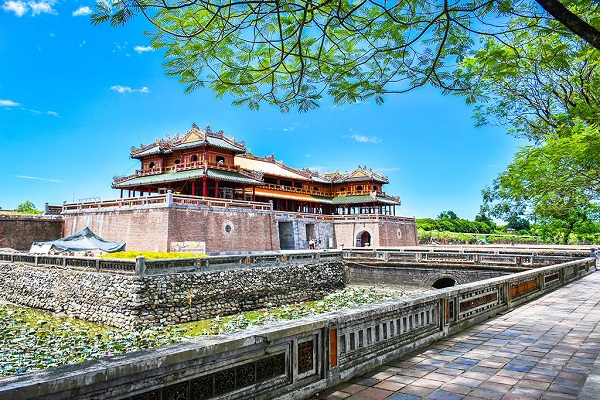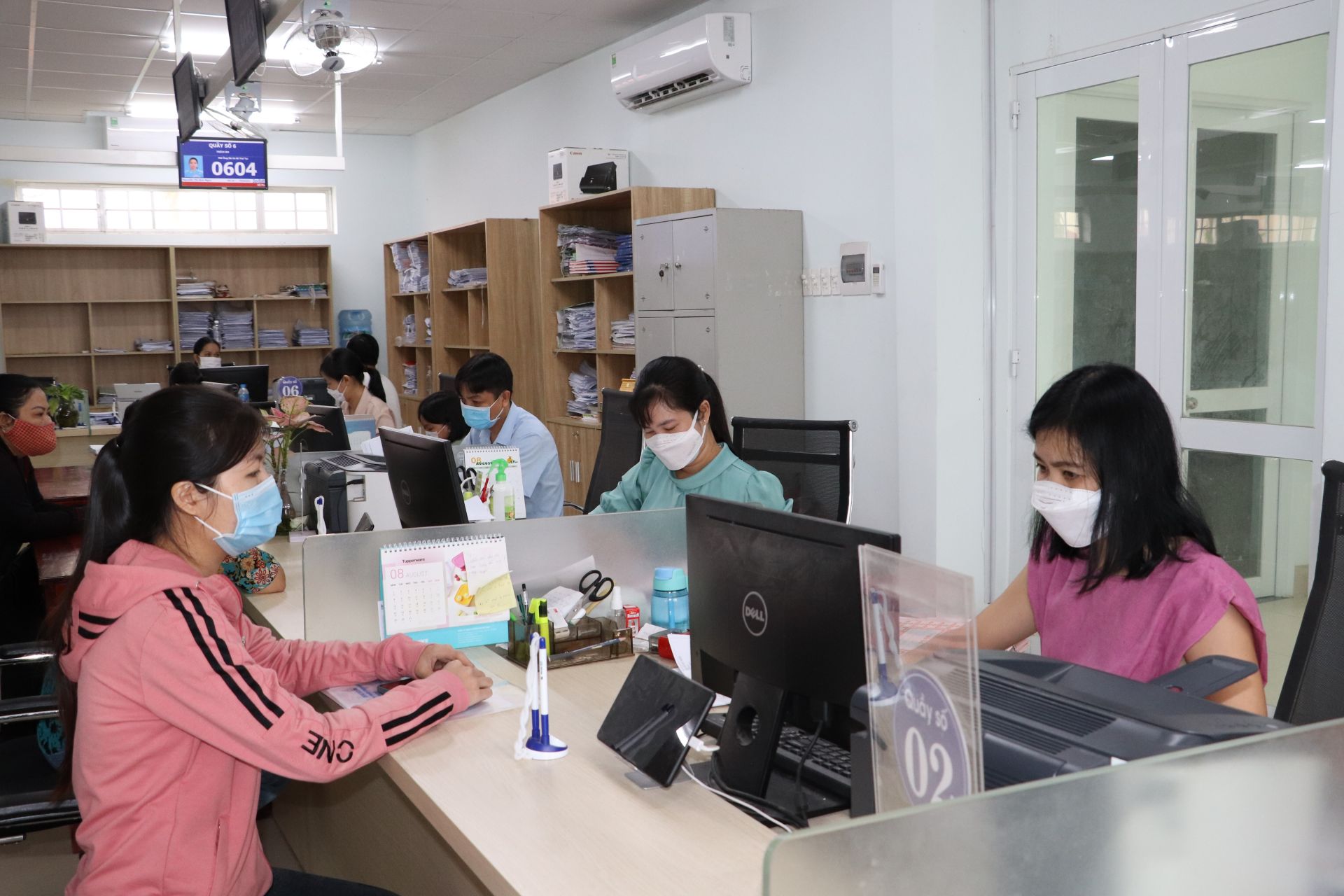Regulations on relic protection zones in Vietnam
What are the regulations on relic protection zones in Vietnam? What is the responsibility to protect the relics?- Hoang Yen (Tien Giang)

Regulations on relic protection zones in Vietnam (Internet image)
Regarding this issue, Lawnet would like to answer as follows:
1. Regulations on relic protection zones in Vietnam
(i) Relic protection zones include:
(i.1) Protection zone I covers the relic and the area(s) determined as the relic’s original constituents, which must be protected in original state;
(i.2) Protection zone II is the area surrounding the protection zone I of the relic, where works can be constructed in service of the promotion of the relic’s values, provided that they do not affect the architecture, natural scenery and ecological environment of the relic.
In cases where the protection zone II cannot be determined, the determination of the sole protection zone I shall be decided by the presidents of the provincial-level People’s Committees for the provincial-level relics, by the Minister of culture, sports and tourism for the national relics, or by the Prime Minister for the special national relics.
(ii) The construction of works in the protection zone II as mentioned at (i.2) for national relics and special national relics must be agreed upon in writing by the written consents of the Minister of culture, sports and tourism, or by the presidents of the provincial-level People’s Committees for provincial-level relics.
(iii) Protection zones specified in (i) shall be delineated on cadastral maps enclosed with records on protection zone marking-off and must be affirmed by competent State agencies in dossiers on relics.
(Article 32 of the Law on Cultural Heritage 2001)
2. Responsibility to protect relics in Vietnam
According to Article 33 of the Law on Cultural Heritage 2001 (amended in 2009) stipulates the responsibility to protect relics in Vietnam as follows:
- Organizations and individuals that are relic owners or assigned relics for management and use shall have to protect such relics.
In cases where they detect that a relic is encroached upon, ruined or in danger of being ruined, they shall have to promptly take preventive measures and report such to their immediate superior agency, the local People’s Committee or the nearest competent State agency in charge of culture, sports and tourism.
- The local People’s Committees or the competent State agencies in charge of culture, sports and tourism shall, upon receiving reports on relics being ruined or in danger of being ruined, have to promptly apply preventive and/or protective measures and immediately report such to their immediate superior agencies.
- The Ministry of Culture, Sports and Tourism. shall, upon receiving reports on relics being ruined or in danger of being ruined, have to promptly direct and guide the local competent State agencies and/or owners of such relics to immediately apply preventive and/or protective measures; and report to the Prime Minister, for special national relics.
- Construction works, places, natural landscapes or natural zones which satisfy the criteria specified in Article 28 of the Law on Cultural Heritage 2001 and have been included in local lists of inventoried relics shall be protected under the Law on Cultural Heritage 2001.
At least once every 5 years, provincial-level People's Committees shall review, and decide to remove from local lists of inventoried relics, construction works, places, natural landscapes or natural zones which are ineligible for ranking as relics.
Nguyen Ngoc Que Anh
- Key word:
- relic protection zones
- in Vietnam
- relic
- Cases of land rent exemption and reduction under the latest regulations in Vietnam
- Economic infrastructure and social infrastructure system in Thu Duc City, Ho Chi Minh City
- Regulations on ordination with foreign elements in religious organizations in Vietnam
- Increase land compensation prices in Vietnam from January 1, 2026
- Determination of land compensation levels for damage during land requisition process in Vietnam
- Who is permitted to purchase social housing according to latest regulations in Vietnam?
-

- Emergency response and search and rescue organizations ...
- 10:29, 11/09/2024
-

- Handling of the acceptance results of ministerial ...
- 09:30, 11/09/2024
-

- Guidance on unexploded ordnance investigation ...
- 18:30, 09/09/2024
-

- Sources of the National database on construction ...
- 16:37, 09/09/2024
-

- General regulations on the implementation of administrative ...
- 11:30, 09/09/2024
-

- Notable new policies of Vietnam effective as of ...
- 16:26, 11/04/2025
-
.Medium.png)
- Notable documents of Vietnam in the previous week ...
- 16:21, 11/04/2025
-
.Medium.png)
- Notable documents of Vietnam in the previous week ...
- 16:11, 02/04/2025
-
.Medium.png)
- Notable new policies of Vietnam to be effective ...
- 16:04, 02/04/2025
-
.Medium.png)
- Notable new policies of Vietnam effective from ...
- 14:51, 21/03/2025
 Article table of contents
Article table of contents
